
The diagnosis was main pulmonary arterial aneurysm due to absent pulmonary valve syndrome.

The diagnosis was main pulmonary arterial aneurysm due to absent pulmonary valve syndrome.
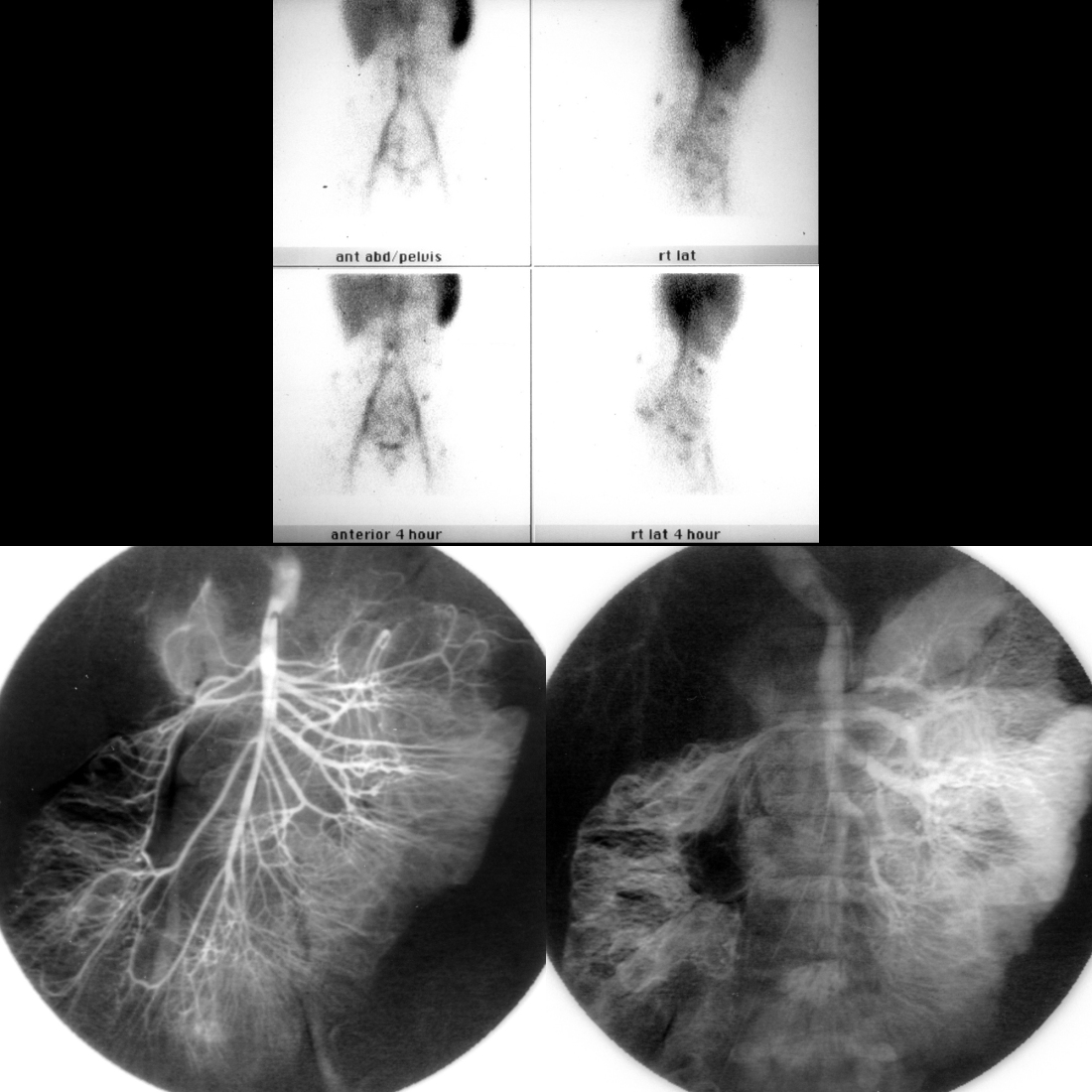
The diagnosis was blue rubber bleb nevus syndrome.
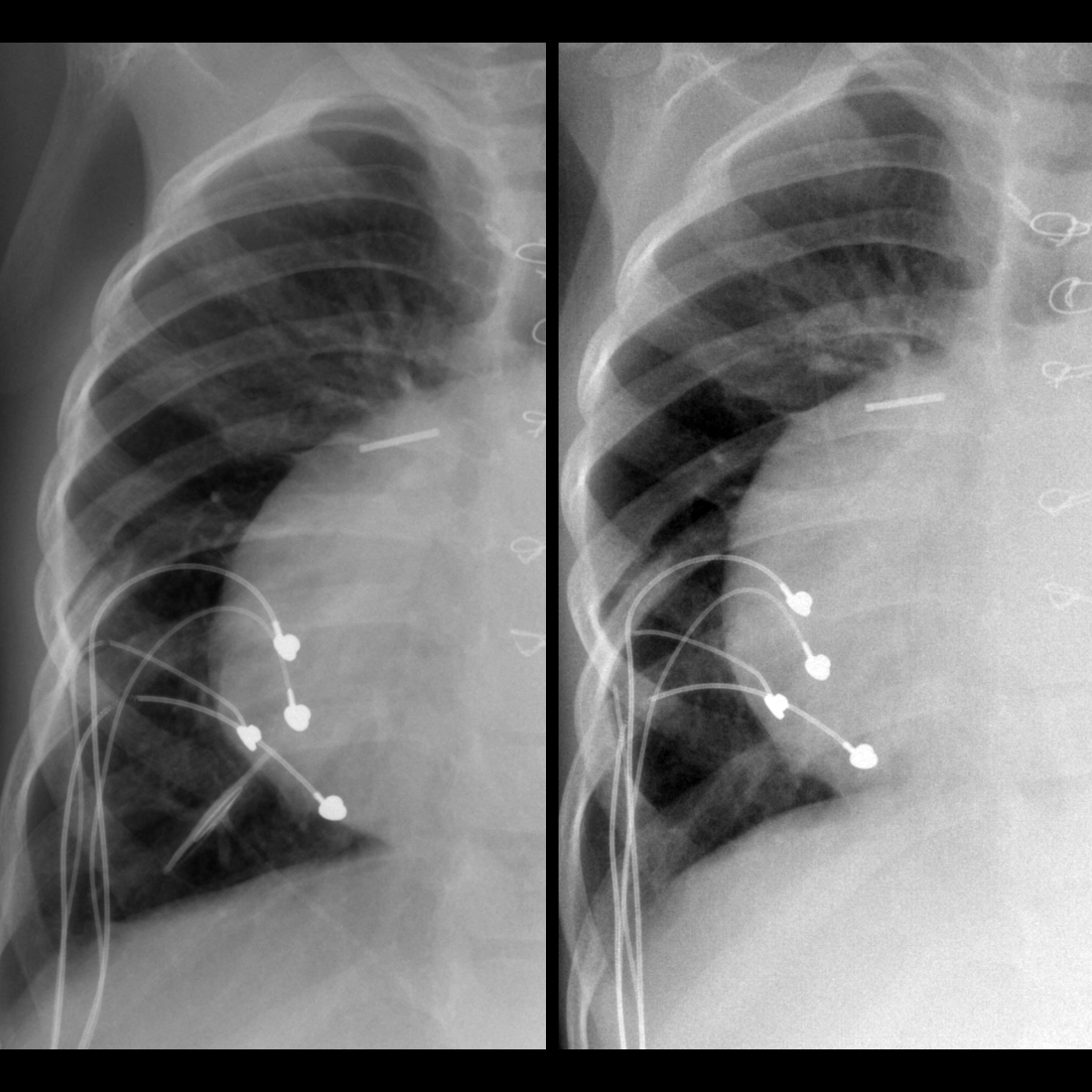
The diagnosis was cardiac pacemaker lead malfunction in the form of developing fractures in the pacemaker leads.
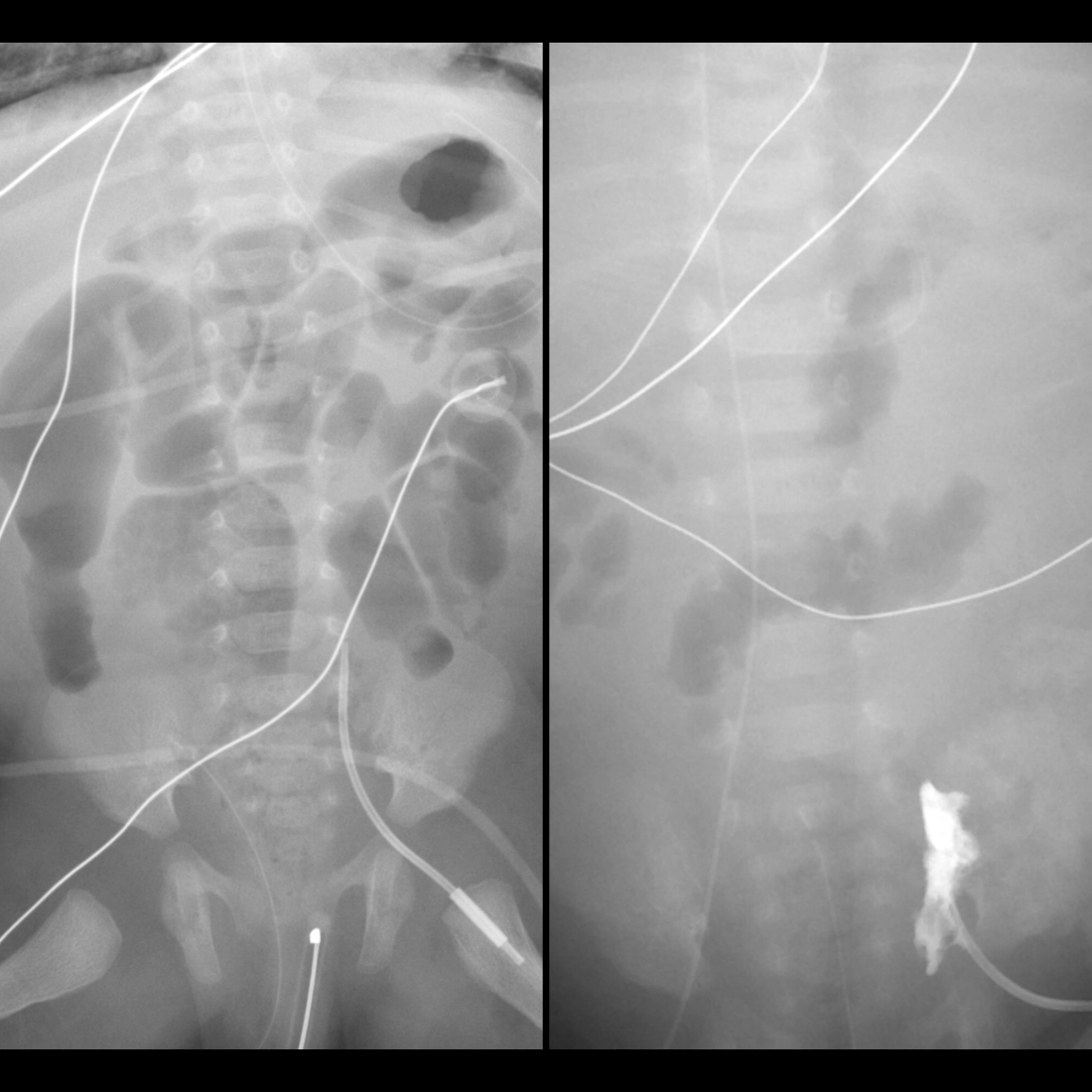
The diagnosis was femoral venous catheter malfunction with perforation of the femoral venous catheter out of the femoral vein.

The diagnosis was femoral venous catheter malfunction due to catheter tip thrombosis.
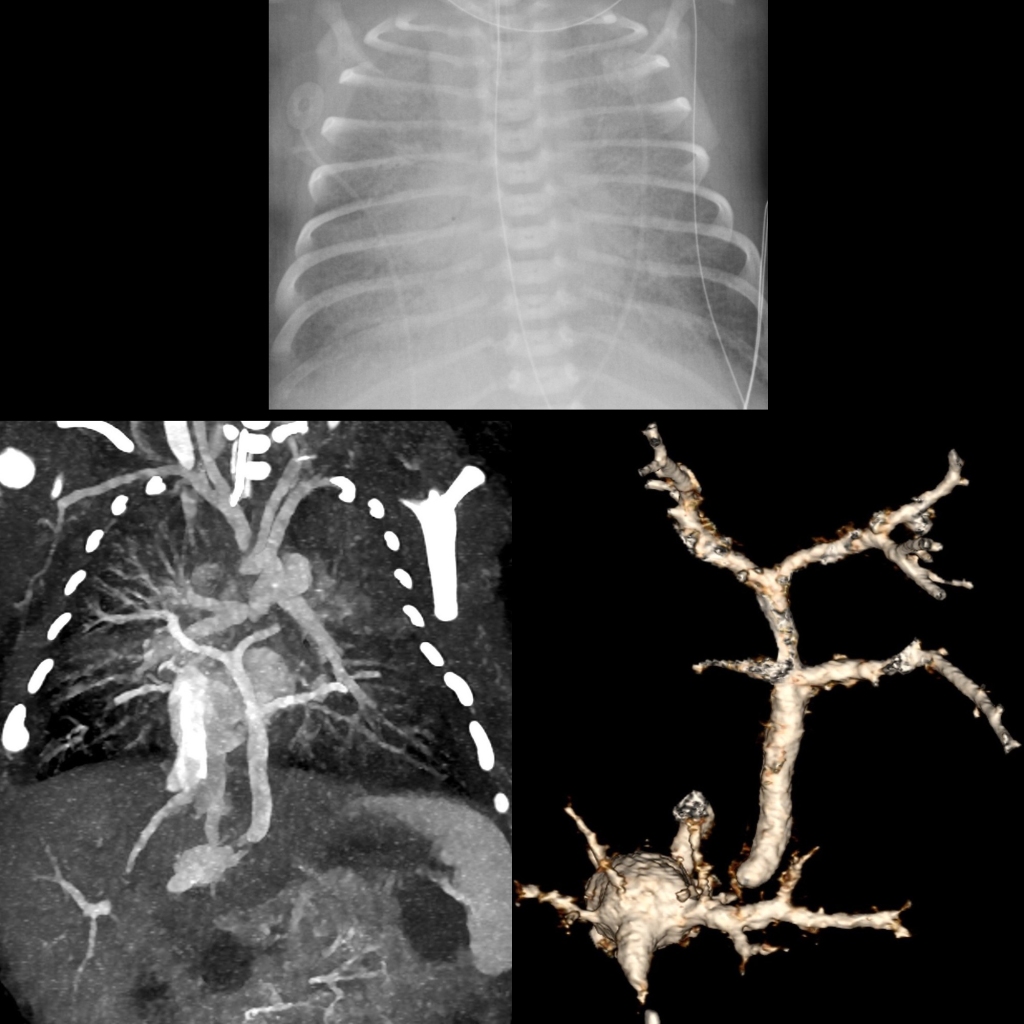
The diagnosis was infracardiac total anomalous pulmonary venous return.
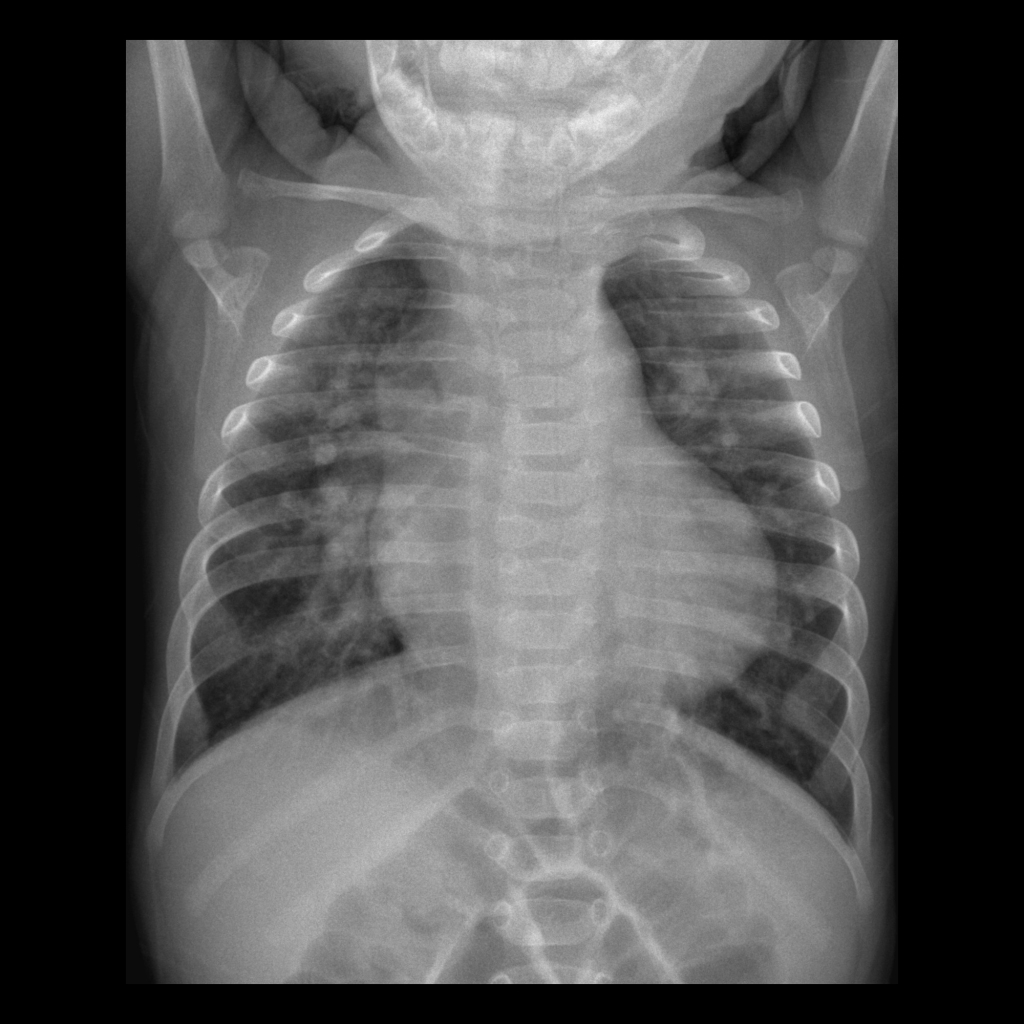
The diagnosis was right aortic arch with aberrant left subclavian artery in a patient with ventricular septal defect.

The diagnosis was peripherally inserted central catheter malposition with the tip in the descending aorta.
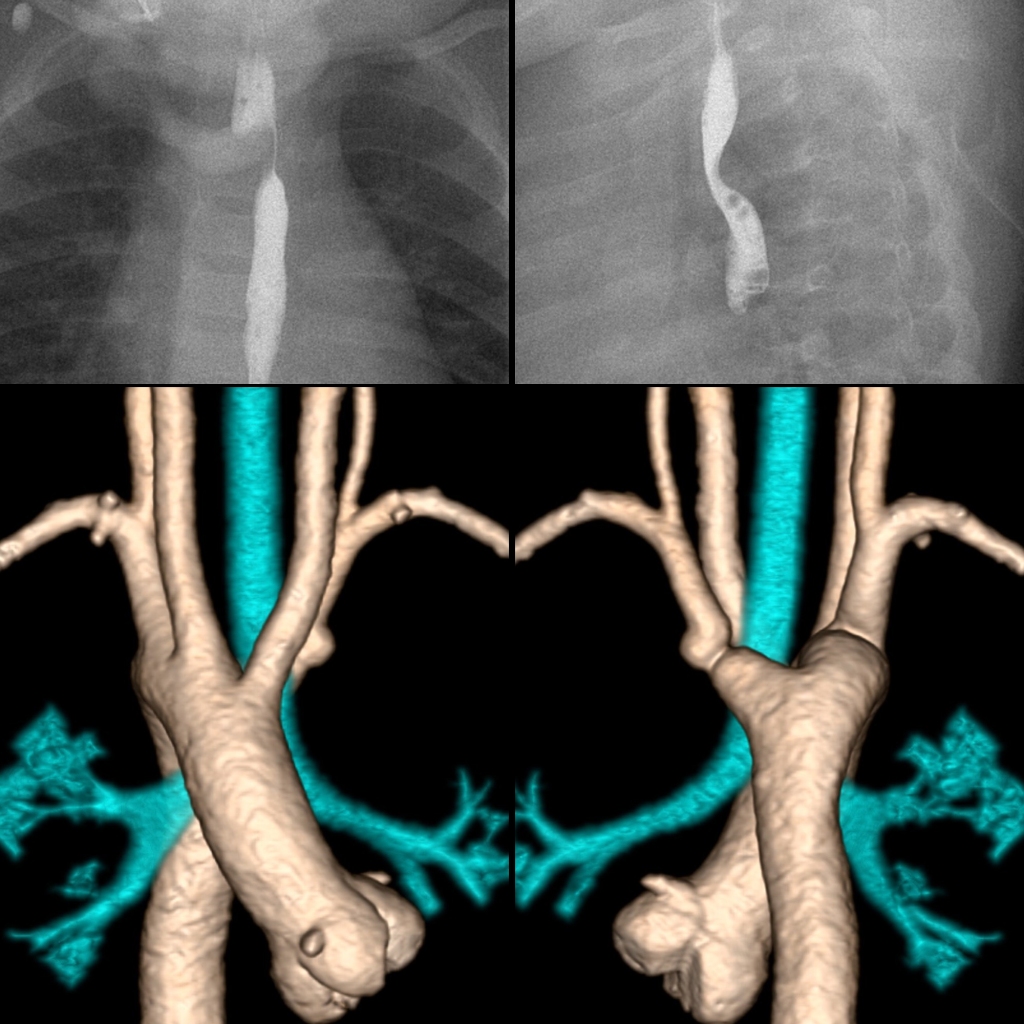
The diagnosis was right aortic arch with aberrant left subclavian artery.

The diagnosis was pulmonary atresia.

The diagnosis was infradiaphragmatic total anomalous pulmonary venous return draining into the portal vein.
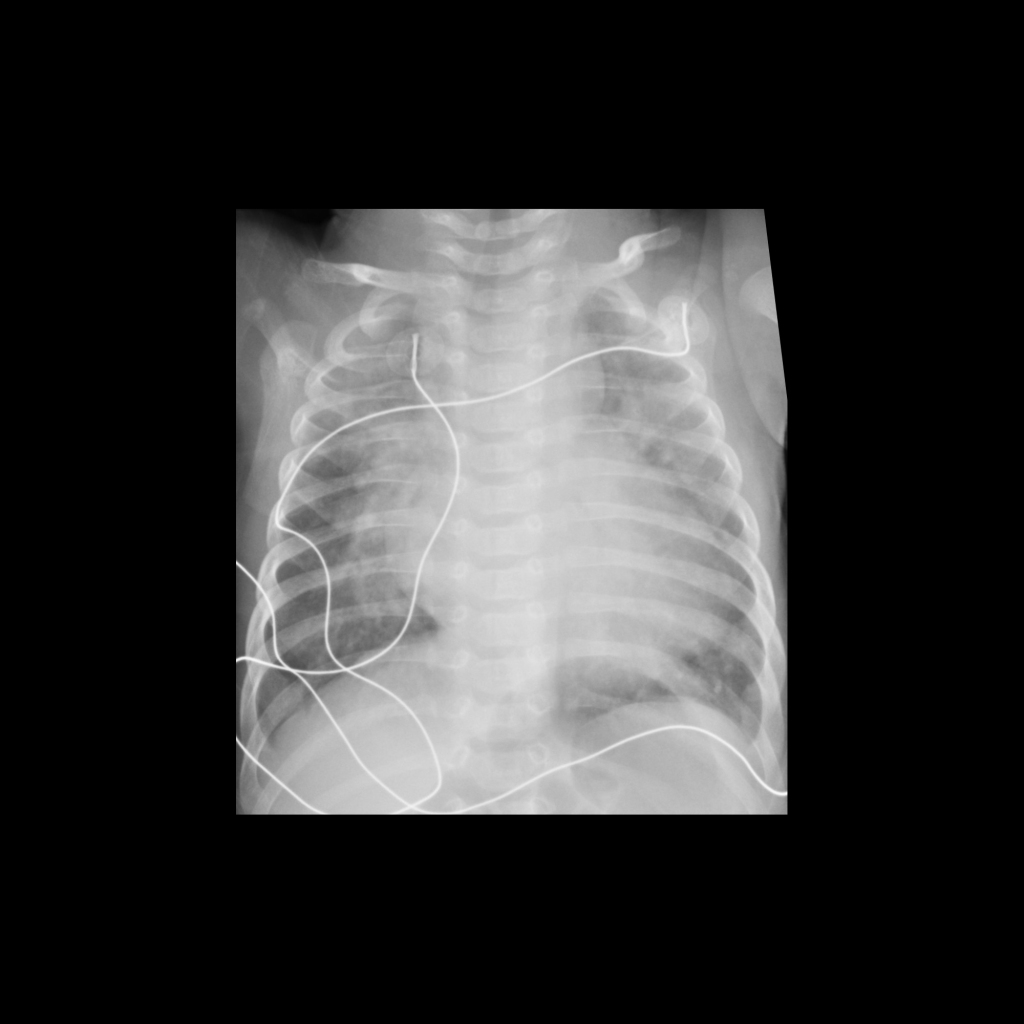
The diagnosis was ventricular septal defect.
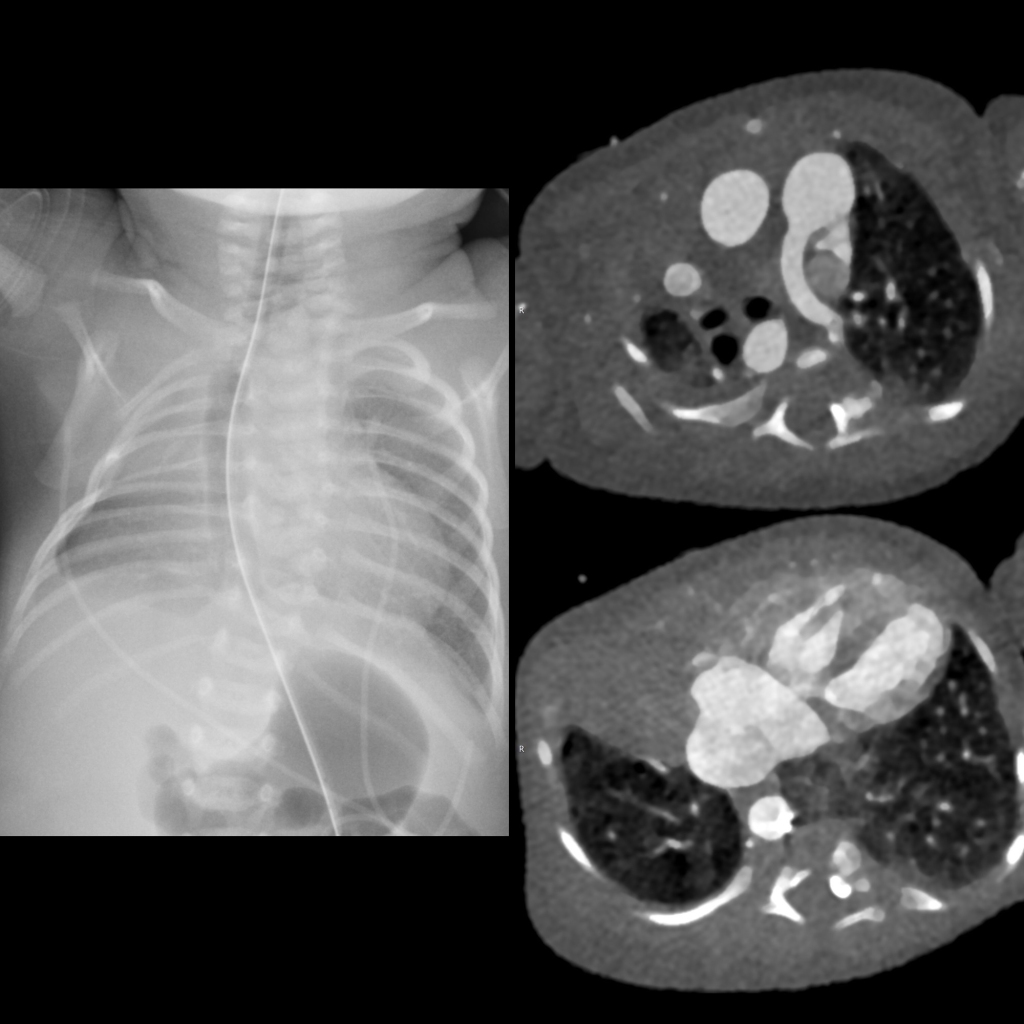
The diagnosis was right pulmonary agenesis with the hypoplastic right lower lobe receiving its arterial supply from collaterals off of the aorta in a patient who has multiple vertebral body anomalies resulting in congenital scoliosis.

The diagnosis was central venous catheter malfunction after the catheter tip migrated from the superior vena cava to the right subclavian vein and the tip became occluded against the wall of the right subclavian vein.

The diagnosis was patent ductus arteriosus.

The diagnosis was extracorporeal membrane oxygenation catheter malposition with the venous catheter tip in the superior vena cava in a patient with left sided congenital diaphragmatic hernia containing stomach and loops of bowel.

The diagnosis was left aortic arch with aberrant right subclavian artery.

The diagnosis was thoracic aortic injury.

The diagnosis was non-cardiogenic pulmonary edema due to near drowning.

The diagnosis was post ductal coarctation of the aorta.

The diagnosis was pericardial effusion due to histoplasmosis.

The diagnosis was left aortic arch with aberrant right subclavian artery.

The diagnosis was coarctation of the aorta that was preductal and thus ductal dependent.

The diagnosis was pulmonary sling causing tracheal stenosis.

The diagnosis was pericardial effusion due to histoplasmosis.